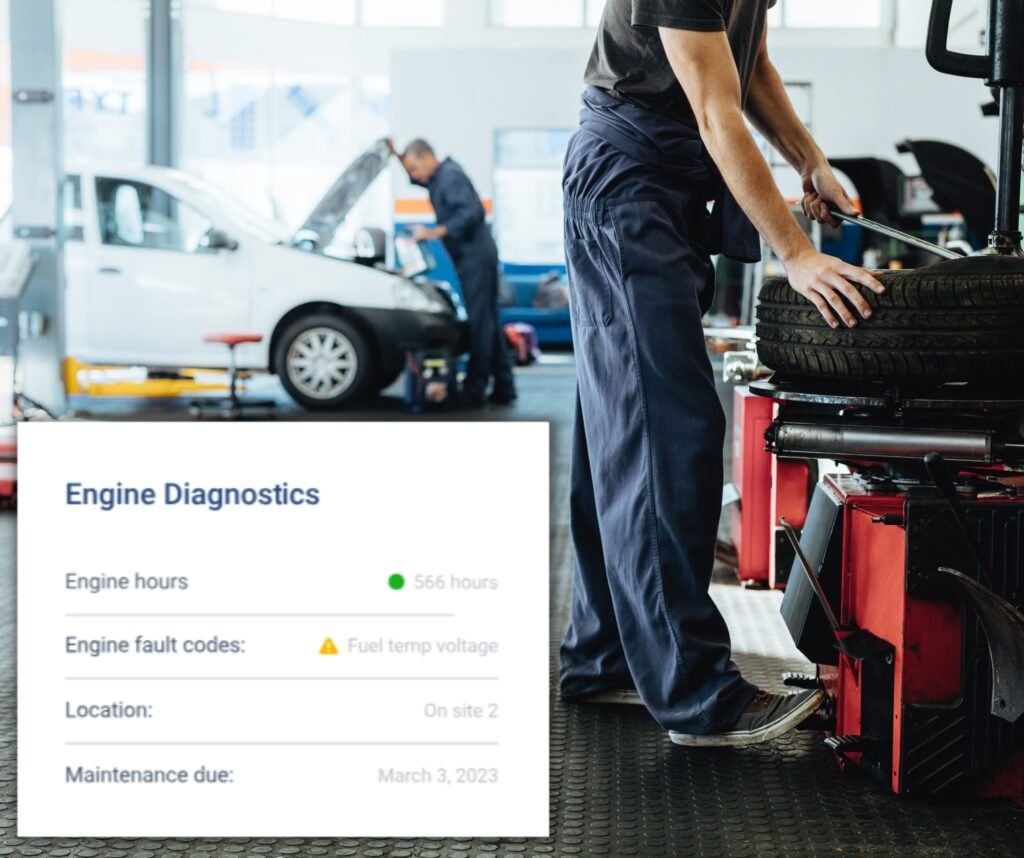How Upkeep Of Truck Fleets Saves Money In The Long Run: A Deep Dive
In today’s fast-paced logistics and transportation sector, the role of truck fleet maintenance cannot be overstated. It’s not just about preventing breakdowns; it’s a strategic approach to ensure that trucks are running efficiently, thereby enabling fleet owners to save money over the long haul. The Importance of Regular Fleet Maintenance Routine maintenance is crucial to keep trucks in prime working condition. With the slowdown in new truck production in 2022, due to parts shortages, prioritizing the maintenance of your current fleet is more important than ever. In this article, we’ll delve into the key benefits of truck maintenance and offer some tips on managing your fleet costs more effectively. What Does Truck Fleet Maintenance Include? Commercial truck fleet maintenance encompasses a range of preventive services, such as regular oil changes, air filter replacements, and brake inspections. Although it includes emergency services, a well-planned maintenance schedule greatly reduces the need for such services. The Benefits of Truck Fleet Maintenance Improved Fuel Economy Well-maintained trucks consume fuel more efficiently. Regular servicing, including oil changes and filter replacements, ensures that engines run optimally. Studies show that fleets adhering to strict maintenance schedules can improve fuel consumption by 5-10%. Reduced Operating Costs Preventive maintenance is key to identifying potential issues before they necessitate costly repairs. This approach keeps vehicles operational for longer and lowers labor costs linked to extensive repair work. Increased Safety Regular checks of critical components like tires, brakes, and lights ensure the safety of your fleet. This not only protects your drivers but also the cargo and other road users. Lower Emissions A well-maintained truck emits fewer pollutants, contributing to environmental conservation and cleaner air. Compliance with state emissions-control laws also becomes easier, helping you avoid fines. Prevention of Out-of-Service Orders Regular safety checks can prevent situations where a truck fails an inspection, leading to out-of-service orders which could disrupt deliveries and customer satisfaction. Tips for Effective Truck Fleet Maintenance Staff Training Properly trained technicians are vital for effective fleet maintenance. Investing in staff training and accommodating time for it in their schedules is essential, especially when transitioning to alternative fuel trucks. Quality Parts and Supplies The use of high-quality parts is crucial. Inferior parts can lead to breakdowns and increased downtime. Therefore, investing in parts from reputable suppliers with warranties is recommended. Documentation Accurate record-keeping of vehicle information, including mileage, service records, and warranty details, is crucial for tracking maintenance expenses and providing audit-ready service logs. Additional Ways to Minimize Fleet Operation Costs While regular maintenance helps improve efficiency, the cost of fuel remains a significant factor for large fleets. Solutions like fuel cards offer some respite. Another innovative solution is the predictive maintenance feature offered by SkyMobile Fleet Solutions. This telematics-powered technology helps in reducing drag and improving fuel economy, deploying automatically and requiring minimal maintenance. It’s a smart way to cut costs without any active intervention. SkyMobile’s Predictive Maintenance: The Game Changer At SkyMobile, we offer predictive maintenance as part of our fleet management solutions. Our technology continually monitors asset health, predicts maintenance needs, and optimizes timing for repairs or replacements, shifting maintenance from a reactive to a proactive stance. This not only reduces unplanned downtime but also enhances the overall efficiency of the fleet. Conclusion Efficient truck fleet maintenance goes beyond mere repair work; it’s about adopting a holistic approach to fleet management. With SkyMobile’s predictive maintenance, your fleet maintenance becomes more strategic, leading to substantial cost savings and improved operational efficiency. Discover how SkyMobile can help your fleet save money in the long run by visiting our website or contacting our team for more information.
How Upkeep Of Truck Fleets Saves Money In The Long Run: A Deep Dive Read More »









